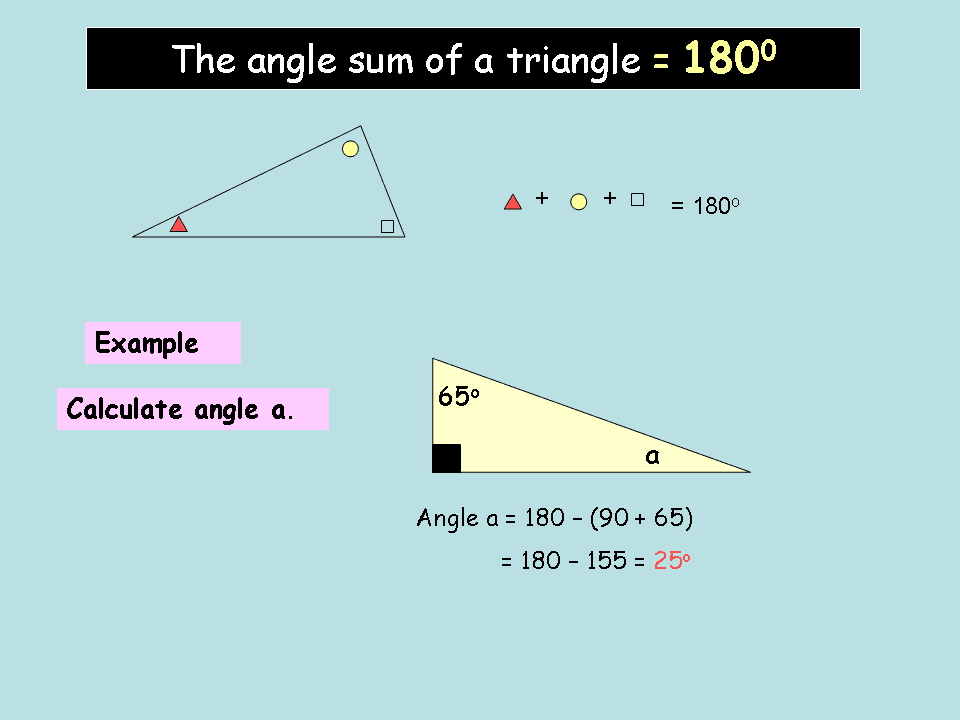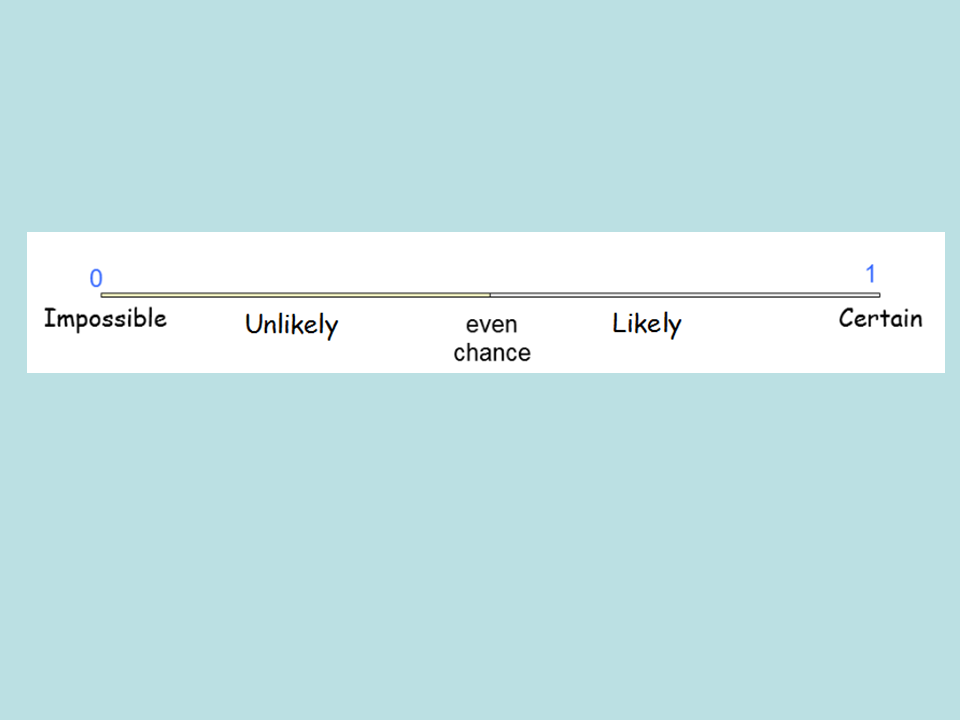1st what is a significant figure?
The word significant means: having meaning.
With the number 3 468 249, the 3 is the most significant digit, because it tells us that the number is 3 million and something. It follows that the 4 is the next most significant, and so on.
So if we want to round this number to 1 significant we round it to the nearest million as this is where the first significant figure is
Examples:
Round the following to 1 significant figure
4325 is 4000 (because the 4 is the 1st significant figure so we round it to the nearest thousand)
0.007821 is 0.008 the 7 is the 1st significant figure so we round it to 3 decimal places.
Now on to estimating. To estimate we round to 1 significant figure then work out the calculation
Estimate the answer to
First round each number to 1 significant figure so 19.4 becomes 20 and 0.0437
is 0.04
Now we need to make the denominator a whole number. We can do this by multiplying both 20 and 0.04 by 100.
Divide everything by 4.
(Question taken from GCSE Bitesize http://www.bbc.co.uk/schools/gcsebitesize/maths/number/roundestimaterev4.shtml)









.png)
.png)